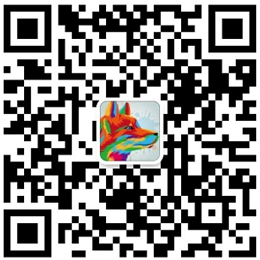[Definition: An extended link is a link that associates an arbitrary number of resources. The participating resources may be any combination of remote and local.]

The only kind of link that is able to have inbound and third-party arcs is an extended link. Typically, extended linking elements are stored separately from the resources they associate (for example, in entirely different documents). Thus, extended links are important for situations where the participating resources are read-only, or where it is expensive to modify and update them but inexpensive to modify and update a separate linking element, or where the resources are in formats with no native
support for embedded links (such as many multimedia formats).
The following diagram shows an extended link that associates five remote resources. This could represent, for example, information about a student's course load: one resource being a description of the student, another being a description of the student's academic advisor, two resources representing courses that the student is attending, and the last resource representing a course that the student is auditing.
Without the extended link, the resources might be entirely unrelated; for example, they might be in five separate documents. The lines emanating from the extended link represent the association it creates among the resources. However, notice that the lines do not have directionality. Directionality is expressed with traversal rules; without such rules being provided, the resources are associated in no particular order, with no implication as to whether and how individual resources are accessed.
The following diagram shows an extended link that associates five remote resources and one local resource (a special element inside the extended link element). This could represent the same sort of course-load example as described above, with the addition of the student's grade point average stored locally. Again, the lines represent mere association of the six resources, without traversal directions or behaviors implied.
The XLink element type for extended links is any element with an attribute in the XLink namespace called with a value of "extended".
The -type element may contain a mixture of the following elements in any order, possibly along with other content and markup:
-type elements that address the remote resources participating in the link
-type elements that provide traversal rules among the link's participating resources
-type elements that provide human-readable labels for the link
-type elements that supply local resources that participate in the link
It is not an error for an -type element to associate fewer than two resources. If the link has only one participating resource, or none at all, it is simply untraversable. Such a link may still be useful, for example, to associate properties with a single resource by means of XLink attributes, or to provide a placeholder for link information that will be populated eventually.
Subelements of the or type anywhere inside a parent -type element are not conformant. Subelements of the , , or type that are not direct children of an -type element are not conformant.
The -type element may have the semantic attributes and (see 5.5 Semantic Attributes (role, arcrole, and title)). They supply semantic information about the link as a whole; the attribute indicates a property that the entire link has, and the attribute indicates a human-readable description of the entire link. It is not
conformant for other XLink attributes to be present on the element. If both a attribute and one or more -type elements are present, they have no XLink-specified relationship; a higher-level application built on XLink will likely want to specify appropriate treatment (for example, precedence) in this case.
2025年国内旅游收入预计将突破历史新高,以下是综合多方数据的预测与分析:
一、核心数据预测

工作时间:8:00-18:00
电子邮件
扫码二维码
获取最新动态
